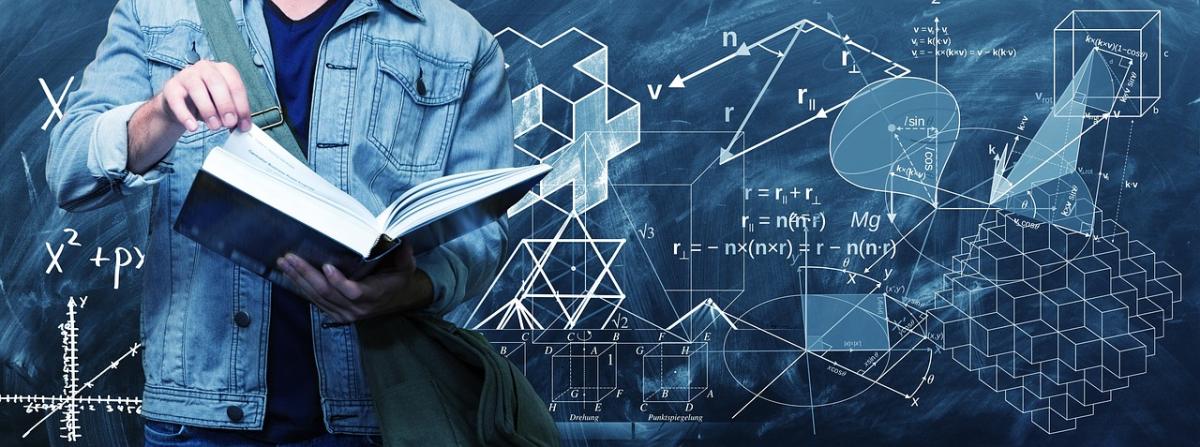Students will use solar panels to transfer solar energy to a fountain. Students will be able to explore and demonstrate the functioning of a solar energy fountain.
This lesson has students watching a baby plant and seeing what it will grow into. Students are able to compare the seedling with an adult plant, and determine how the plant cycles from seed to adult
In this lesson students will explore paper as a recyclable material. They will explore its effects on the environment. Students will make a project with recycled paper and develop a understanding of
Wildfires are a huge issue in Arizona during the dry season as there is plenty of dry fuel and very little water. Once an area has been devastated by fire, it is further destroyed by summer monsoons
GROWING CRYSTALS PART 1, A lesson that focuses on the different types of formation of crystalline solid, its properties and the attractive forces responsible to it during chemical bonding. It is
Growing Crystals Part 2 is a unique lesson that has an emphasis on the synthetic growing of crystals in the laboratory. This activity also focuses on investigating the process of how synthetic
Students will research an inventor and their invention. They will explain/present the impact this invention has had on our society. They will think of ways to improve the invention and develop a
Digital Storytelling with Scratch is a lesson for 3rd Grade (and upper elementary) students to use Scratch 3.0 and elements of storytelling to convey their story to an audience.
In this lesson you will have the opportunity to have students build a domain from the movie/book The One and Only Ivan. Students will have the chance to build and rebuild their domain if needed. As
This lesson is perfect when celebrating Easter. The students will be engaged in creating a trap for the bunny. The story will be read first and then the magic happens after.
Unveiling unseen forces: Explore magnetism, understanding the mysterious powers at play in our world. Get ready to uncover the hidden forces that guide compass needles, attract objects, and unveil the
In this lesson the students will learn to identify some common household substances whether it is acid or base using red cabbage juice.
In this lesson the students will determine the factors that affect the strength of electric and magnetic forces.
In this lesson the students will explore the formation of rocks as the result of the flow of energy and cycling of matter within Earth.
In this lesson the students will apply the knowledge of thermal energy to design, build and test a container that keeps cold beverages cold.
Students have a book to read about the three states of matter. Students experiment with the three states of matter of water. They record their observations in their STEM notebook. Students look at a
Students get to discover the relationship between solutes and solvents in relation to concentration. As an inquiry based lab, students will mix their own concentrations of Kool-Aid or other powdered
This is a lesson that engages students to critically read informational text, construct an argument with evidence, and engage in academic discourse about the nature, living or non-living, of viruses
Students will work together to create a skyscraper using different types of materials. This activity aims to see how the shaking movements of the ground, called seismic waves, affect the skyscraper
Potential and kinetic energy. Newton’s Second Law of Motion Transformational energy The history, types, and functions of water wheels Renewable energy? Calculating rate of revolution Sketch and design
Review of Newton’s Laws of Motion Review of potential and kinetic energy. Review of transformational energy. How does mass impact kinetic energy? What is a chain reaction? What is a Rube Goldberg
Let the students experience being industrial or manufacturing engineers as they convince bag companies about the best plastic material to upcycle for a more sustainable bag option. Through the Plastic
Featured Lesson Plans
Check out these notable lesson plans.

Using Stop Motion Animation to Show Step-by-Step Instructions and Solve Real World Math Problems
Stop motion is a great way for students to slow down working through the steps in math to demonstrate their understanding of math concepts. Students can film a short story or step-by-step instructions

By creating a stop motion animation, students will gain a deeper understanding of how landforms develop, are weathered, and erode. This is an engaging way to help infer the history of the current

This STEM project allowed students to embark on an exciting journey of entrepreneurship with "Ride to Success." In this immersive STEM lesson plan, students will not only learn the ins and outs of


